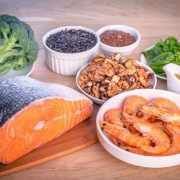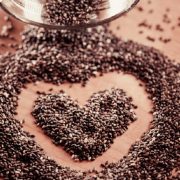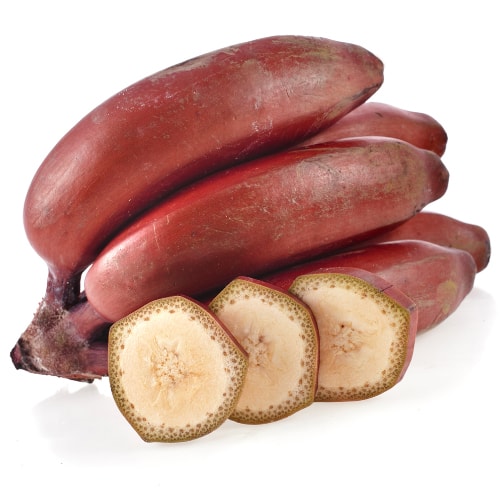
World’s most popular fruit – the banana contains 3 types of natural sugars: sucrose, glucose and fructose.
With its high calorific value, 6 vitamins and 11 minerals, there are huge benefits to human health and instantly increase energy.
But have you heard that besides the classic yellow bananas in the world there are at least 5 types of bananas? One of them is red banana.
What is Red Banana?
Perhaps you’ve heard, seen or tried another type banana, sweeter than the classic yellow banana – the red banana.
If you already enjoy the taste of yellow banana, and look for other types of bananas, you could try the red.
These bananas have fruit like the classic banana, but with a richer flavor reminiscent of a mixture of banana and raspberries.
These bananas known as red Dacca grow in Southeast Asia, South America, East Africa, and are especially popular in Central America.
Red banana plants grow about 7m height on average.
Bananas are picked while still green and ripen in separate rooms, and even during transport. Maturation can be accelerated by putting a banana in a paper bag.
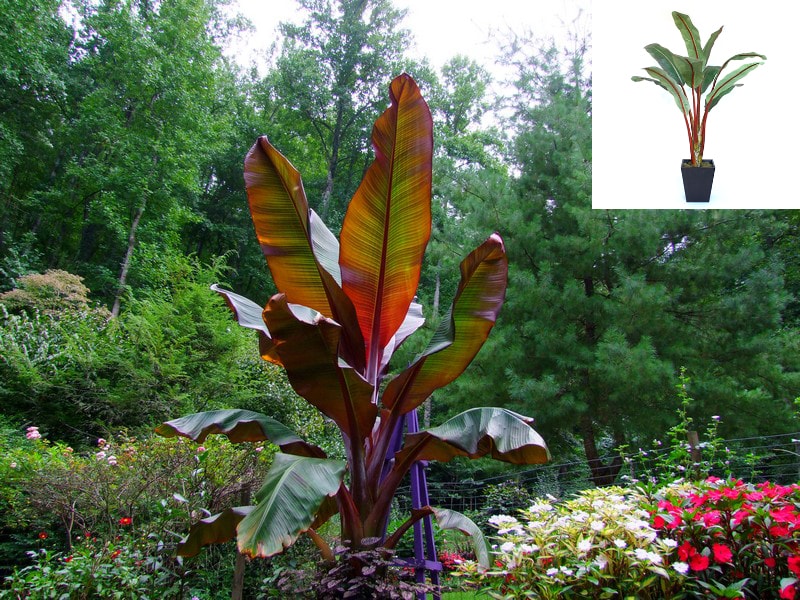
Red Banana Plant
Red bananas are wrapped in a shell of dark chestnut-red color. They are usually smaller than regular yellow bananas.
On the inside, the fruit has a soft, creamy texture, pale pink color that comes from the content of beta-carotene and has a sweet aroma of berry fruit.
Red bananas are ready for consumption when getting a dark chestnut-red color with a few brown spots.
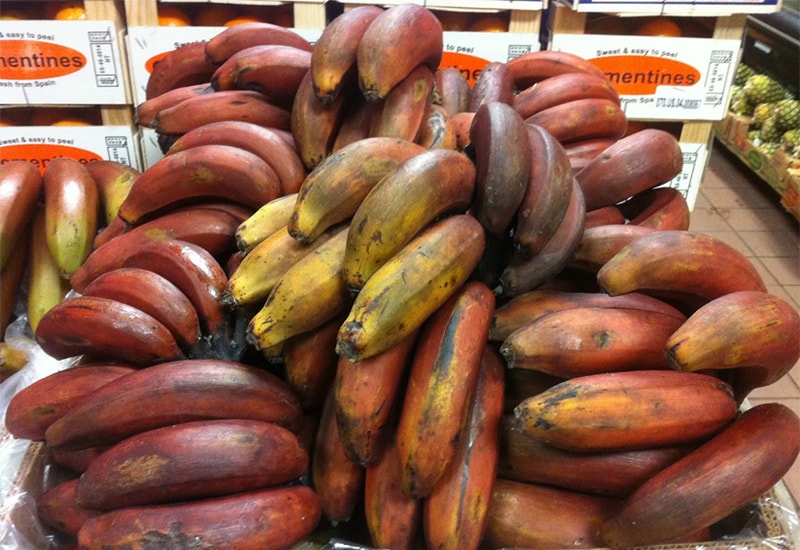
On the other side, avoid red banana consumption when it’s too soft and has an intense aroma because the fermentation process began, loss of enzymes, and development of new bacteria.
Red Bananas Nutrition Facts
Red bananas have rich nutritional value and contain large amounts of potassium, beta-carotene and vitamin C. It’s a calorific food and gives the same amount of calories as potatoes.
A medium-sized banana contains 400mg of potassium, which means it provides the body with 11% of the daily requirement of this mineral and electrolyte.
The potassium in red bananas is required for proper function of the heart, muscle contraction, and proper function of the digestive system.
This remarkable type of banana is rich in vitamin C. One red banana covers 15% of the daily human needs for vitamin C.
This powerful antioxidant not only protects the body from disease but also protects against free radicals, which means reducing the risk of heart disease and certain types of cancer.
The red banana is also rich in dietary fiber and only one banana provides 16% of the recommended daily amount of fiber. Fiber reduces the risk of heart disease and diabetes type 2.
Due to the large amount of vitamin B6 it contains, a red banana can provide as much as 20% of daily needs for vitamin D and help the metabolism of protein and red blood cells.
Some people use the inner part of banana skin for polishing teeth.
The teeth become whiter and brighter.
Enjoy Red Banana
These aromatic bananas with its unique taste of yellow bananas and raspberries are a great addition to fruit salad, ice cream, cakes or banana split.
Can be eaten raw, such as banana chips or baked in the oven. This delicious fruit has even softer and sweeter fruit from ordinary banana.
It succeeds only in tropical and subtropical regions and usually takes about 9 months to get ripe red delicious fruit.
You who will have the opportunity and chance to try out this wonderful fruit – enjoy at max 🙂



